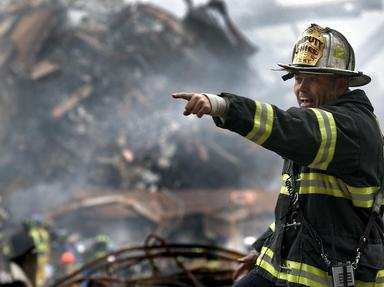Quiz Answer Key and Fun Facts
1. The Ring of Fire includes the Cascade Range in North America. In 1980, one of its notable members, Mt. St. Helens, showed this range was still active and dangerous. Which of the following is NOT true about this explosive event?
2. The third largest earthquake ever recorded on a seismograph at the time of its occurrence happened between Simeulue and mainland Indonesia on which day of 2004?
3. The 1906 San Francisco earthquake and resulting fire devastated the city and the surrounding area. But the earthquake has another claim to fame. It was the first natural disaster of its magnitude to have what happen?
4. The eruption of this Indonesian volcano in 1815 was one of the factors leading up to the Year Without a Summer (1816). Which volcano was it?
5. The 1960 Valdivia Earthquake is considered one of the most powerful quakes to rock this planet. In which country is Valdivia, the city that bore the brunt of this tremor's fury?
6. The Valley of Geysers was once proclaimed as one of Russia's Natural Wonders on the Kamchatka Peninsula. What type of natural disaster in 2007 nearly destroyed it?
7. In 1991 the Philippines had an event called the second largest terrestrial eruption of the 20th Century. In a nation of many active volcanoes, which mountain earned this distinction?
8. The Sepik River, second largest of which country located in the Ring of Fire, is prone to regular flooding, rising by as much as 5 metres in a yearly cycle?
9. On March 11, 2011 a magnitude 9.0 underwater megathrust earthquake approximately 45 miles east of the Tohoku region of Japan caused a massive tsunami. Megathrust earthquakes occur along reverse or thrust faults and these faults historically cause the greatest magnitude earthquakes.
10. The Taupo Volcano in New Zealand erupted 26,500 years ago during the Late Pleistocene era. This massive eruption was the world's largest in the last 70,000 years. What is this eruption better known as?
Source: Author
tazman6619
This quiz was reviewed by FunTrivia editor
bloomsby before going online.
Any errors found in FunTrivia content are routinely corrected through our feedback system.

